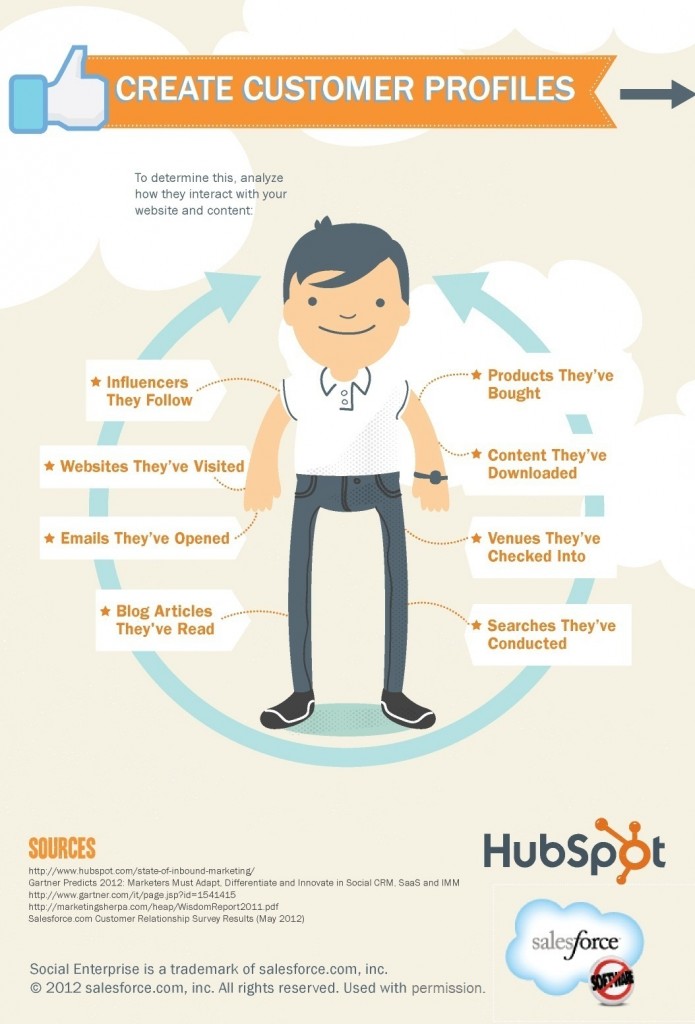What Do Your Customers and Prospects Believe in?
How well do you know your target customer? What’s the first thing that comes to mind when they see or hear your company name or product? Do you know what they believe in and what values guide their preferences? If you don’t really know, how accurate will your digital marketing strategy be?
Belief is pretty important. Your customer won’t buy; that special someone won’t say yes; and you won’t get that raise unless you show that you believe what that person believes. Social media users won’t like, follow, favorite, or retweet unless you post something they believe in.
People buy because they believe that you believe what they believe. If you’re not onside, you could be outside.

As Jeb Blount says: They’re buying you or as Simon Sinek says, they buy why you do what you do — your motives, purpose, beliefs). Both insights are valid.
We don’t buy what we feel is foreign to us. And we disregard messages that don’t speak what we want said, and we react against that which seems to threaten or erode our beliefs and values.
The point of all your marketing communications including social media, is to convince them that you understand their beliefs and support them. It’s a key part of the likability factor that makes them choose you. If your communications doesn’t do that and more, they will say “NO.” Likability, respect, and esteem all flow through this funnel of belief of compatibility.

If your brand, style, marketing messages, website, social sites, sales staff, location, customer service, or billing methods don’t match what they believe in, they refuse your product, advice, help and products.
Persuasion isn’t about making others adopt our values. It’s in making our beliefs and values seem like ideal versions of theirs. That earns us a Like. For instance, a Lexus car salesman convinces the car buyer via storytelling that the new 2016 Lexus Hybrid luxury SUV is really the in-thing for them – it represents their values (even though it likely doesn’t). The stories are about the buyer’s dreams and feeling good. The buyer sits back and thinks yes, I like that a lot. Car salespeople have been doing this for 80 years.
Why are you in Business?
Whether you’re looking to get current customers to buy more from you, or to get funding for your new startup venture, you should ask yourself a question: Why are you in Business? The best answer is that you’re in business to serve your customer, to help them get what they need. The barrier is that they don’t know that you believe what they believe. You have to prove it. And you’ll prove it via a well planned digital marketing strategy.
What about Customer Personas?
Customer profiles are great because they recognize the complexity of customers however, I’ve never heard anyone say they believe in personas. That could be because they’re too naive and simple. Very few people fall into such simple obvious types. It might be worth it to analyze all your customer interaction data and make conclusions yourself, or hire a company that specializes in customer profiles.

Is Do it Yourself Social Media Powerful?
Can you do this on your own? Increasingly, I don’t think so. It’s too complicated and a lot of work. Should you bring someone in-house? No. Don’t do that. I would say, hire experts or a social media agency that has skilled SoMed experts. And don’t try and fake it, and please don’t go cheap!!
Customers can tell if it’s fake and superficial. You need to educate your social marketers so they can represent you well. They need to know your customer’s beliefs. Remember that customers/people can see your timelines and whether you’re engaging with them somehow.
You can only achieve that very difficult task if you put a sincere, 100% effort into it. Quality and consistency. Show your commitment and that will reflected back to you.
Getting to Know the Customer

Your success stems from your intimate knowledge of your customer. Whether you’re selling software, medication, machinery, vacations, vehicles, houses, spa treatments, repair services, or marketing services, or anything else, you need a crystal clear picture of your customer. This is where most marketing fails because marketers can’t discover enough about their customer’s needs, values, or beliefs. Customer research is vital.
Getting Clarity
Another big issue is that your customers aren’t all the same. Their backgrounds, needs, and attitudes are fairly diverse. They don’t all believe the same things, so now you’re confused about what to offer, how to offer it, and who specifically to offer it to. A key part of customer profiling and segmentation is knowing who your ideal customer is and what they believe. Once you have that clarified, marketing communications becomes a whole lot easier and successful.
Discovering Beliefs
“We don’t believe in social media. We’ve had minimal return and we’ve heard that no one is getting decent ROI from social marketing. We’re putting our millions back into TV and radio and we’ll give Google the rest of our funds. We believe this is the prudent thing to do.”

Talk with your customers/clients and in those conversations, they will tell you what they believe. If you can talk with them (be pushy, get the interview) they’ll spill out everything you need to know. Write it down as though you were a psychologist trying to solve a patient’s problem. Their problem isn’t budget, or manpower, or energy; it’s a lack of belief in your services or products (branding).
If social media is not producing for them, it’s because it isn’t being done right. Social media mastery for business is the most difficult challenge anyone in business faces. That’s why it’s my focus and will be the focus of my future endeavours. I have to convince everyone that social media is not a waste of time and that pursuing it is in fact consistent with their beliefs and ideals.
If you solve customer’s most pressing challenges, the things they believe are unsolvable, you will get all the resources you need including money, time, and support. The Why of business is to solve their most difficult, pressing needs, within complex markets and consumer behaviour. They see the business world from their point of view, and some may be very backward in their beliefs about what can be done and how it can get done.
Creating Compatibility
Your social media efforts via Twitter, Facebook, Linkedin, Google+, Pinterest, YouTube, and your blog need to work together as one voice to showcase your empathy for their beliefs. The more diverse your target audience, the more diverse your social content and social message will be. Study your customer’s social channels, messaging, and interview them to discover those areas of greatest similarity. These are the points of intersection between you and them. Is your social marketing going well.

